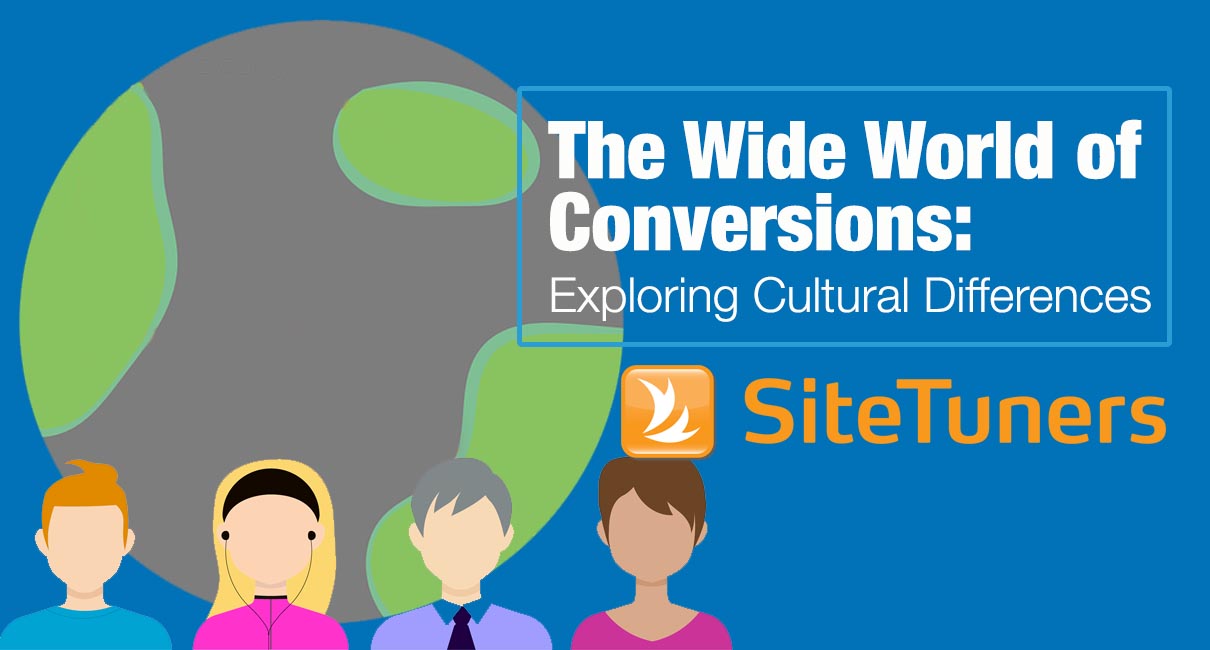
Likewise, many other elements of web design can be subject to subtle cultural nuances that can have a major impact on conversions. Global marketing is more than just swapping out photos and translating the text. While developing a localized design is far costlier and more complex than creating a global template, the payoff in terms of customer engagement and conversion can far outweigh the challenges.
How do you identify the specific elements from each culture that will impact conversions? A company called Oban Multilingual has created a cultural database that collects data on popular types of web design in each country, segmented by webpage type (cart page, home page, product category page), country, and industry sector. Joe Doveton, head of client services at Oban, is presenting highlights from this database at next month’s Conversion Conference, and offers these top tips for web designers targeting cross-cultural audiences.
Localize Your Testing
Test your website for every market you’re in. When testing sites, Oban found that in almost every case, at least one of the combinations tested always performed better than the original website. On top of this, almost every top variation was different in each market. This highlights just how varied the internet population can be.
Consider Text Placement
Eye-tracking studies have revealed that different cultures “read” websites in different ways. In the West, our eyes tend to wander to the left-hand side of the screen, which is why toolbars are usually found on this side. However, in China, people tend to read down the whole page. It is these kinds of cultural traits that need to be considered when adapting a site for a foreign market.
Be Image Conscious
One of Oban’s biggest testing campaigns revealed that placing the product image on the left rather than the right boosted conversion rates by 16 percent in France, by 9 percent in the U.K., and had no effect in the Spanish market. Clearly, slight changes that may not seem significant to you can result in vast differences in conversion rates.
Become a Digital Chameleon
Colors can hold huge significance in many cultures, and it’s important to be aware of their meanings in order to convey your intended message. In China, red is seen as the color of good luck and celebration, whereas in South Africa it is the color of mourning. When testing a well-known retail website, Oban found that in Italy, conversions were boosted by changing the “call to action” button from red to orange, whereas in Russia it was a black and red combination that had more success.
Localize When Globalizing
As with international SEO campaigns, the key to reaching foreign audiences is to market your site according to their local preferences. Research what works best – translated or localized text, long web pages, or ones that fit fully on the screen, busy sites or sites which are simply designed, etc. This kind of knowledge will keep you one step ahead of competitors and ensure your site is tailored to the needs of your target demographic.
If your organization is looking to expand into international markets online, don’t assume that people across the globe interact with websites in a similar way. Testing has proven that cultures respond differently when presented with the same landing pages. You’ll be missing out on extra conversions if you try to adhere too closely to a global template rather than localizing certain elements of your site to fit the culture of the region you are targeting.
This article originally appeared in Tim’s ClickZ column February 7, 2012
Take your conversions to the next level.Learn how our experts at SiteTuners can help kickstart your conversion rate optimization process or get better results from your CRO efforts. Give us 30 minutes, and we’ll show you a roadmap to your digital growth! |


